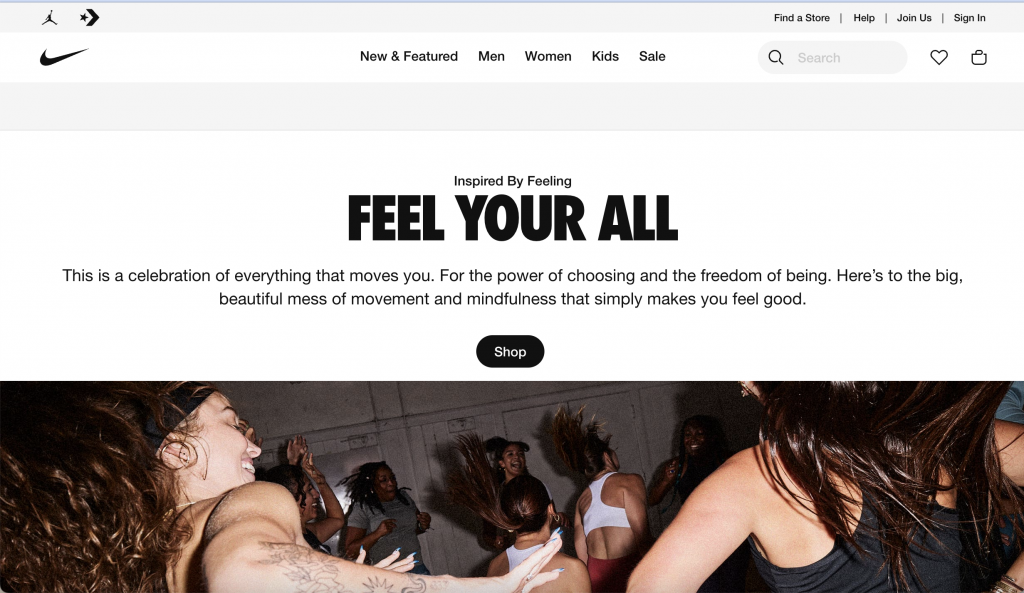A website is undoubtedly crucial to a business’s success. In reality, a basic website won’t suffice when it comes to attracting clients and customers. Your website must also be fast and responsive to keep visitors on your page. Your bounce rate will increase, and consequently, reputable website ranking systems like Google will take note of it. This in turn could lead to lowered rankings and a poor user experience.
Fortunately, there are methods you can use to improve your website’s speed and responsiveness. Let’s get into the meat of website design to get you on the right track.

#1 – Content management system
Unless you are a developper, you will need to use a content management system. These systems make it easy to keep your site updated with new content & layouts. The truth is not all CMS are created equal. You will have to find one that is easy to use, reliable and meets your unique needs. For instance, an eCommerce site will require something slightly different from a business offering local services.
The most popular platform for website is WordPress but many other CMS have appeared in recent years. For instance, Webflow is a CMS built for designers without the need to code. As you can imagine, each CMS is built for different companies with different needs. You can even hire webflow services experts to make the process easier.
No matter what you choose, make sure you are able to integrate your website with analytics tool. In fact, you should list all the integrations you need to make sure they are there. For example, you might want to integrate Facebook ads with your eCommerce store. In that case, Shopify could be a great option.
#2 – Website speed
Your website is your business card in today’s world. In other words, if your website is very slow then it’s how people will perceive you as a brand. It’s why investing in making your pages load quickly can make a big difference in your conversion rate. Your role is to keep page load times to a minimum. Here are a few strategies to reduce your page load time:
- Using an efficient CMS: a good CMS will automatically make your website load fast.
- Optimizing images: can help reduce the amount of data needed to be loaded onto the page.
- Using browser caching techniques: allowing specific website components to be remembered by users’ browsers. In turn, it reduces page loading time when they revisit your page.
- Compressing files: compress HTML, CSS, and JavaScript files. It decreases the overall size of the information being sent over the web resulting in quicker download times.
- Minimizing HTTP requests: avoiding unnecessary back-and-forth communication between server hosts and clients.

#3 – Reliable hosting
A fast hosting service is the foundation of any responsive website. Your hosting will help your website load quickly and never go down. You should also consider a hosting platform that is easy to use and has a strong customer service. You don’t want to loose your patience when your website has a problem.
As you’ve probably guessed, good web hosting is about more than just speed; it’s about reliability. Potential customers may take their business elsewhere if your site is frequently down due to server problems. Some of the key things to look for in a quality host include the following:
- Reliable uptime: 99.9% or higher uptime is pretty much the hosting standard.
- Security features: safeguards in place to protect your website from malicious attacks and data breaches.
- Scalability: quickly scale up or down depending on your needs to outgrow your plan if needed.
- Support: knowledgeable customer support staff who can help you troubleshoot any issues quickly and efficiently.
- Price: cost of the hosting service and make sure it fits within your budget. Quality is more important yet price should still be considered.
#4 – Strong and simple design
A consistent website design is essential for creating a recognizable brand. In fact, it helps create an identity that customers can easily recognize and remember. A good design will use elements like whitespace, typography, and low-key colors to draw attention to essential features. The end result is a website that is clean and professional looking.

Keep your design consistent by utilizing the same style elements throughout the entire site. Any marketing efforts, should link back to a unified theme. In other words, people should recognize your website and Facebook ads as one brand.
Additionally, pay attention to the message each element of your website conveys. You want to make sure everything comes together cohesively on all devices. The end goal is to create an optimized experience that will leave potential customers with a great first impression.
Do you have a website?
As you can guess, this is the foundation of a strong website. You might need an even more advanced website to generate results. It’s why reaching out to experts like K6 could save you tons of time and energy. We often forget as business owners that experience is very expensive.
Above all, your goal should be to have a fast, reliable and responsive website you are proud of. Your website is to create the best customer experience. While some factors are technical, the best user experience is a creative one where you show your brand authentically. Never stop improving your website.

